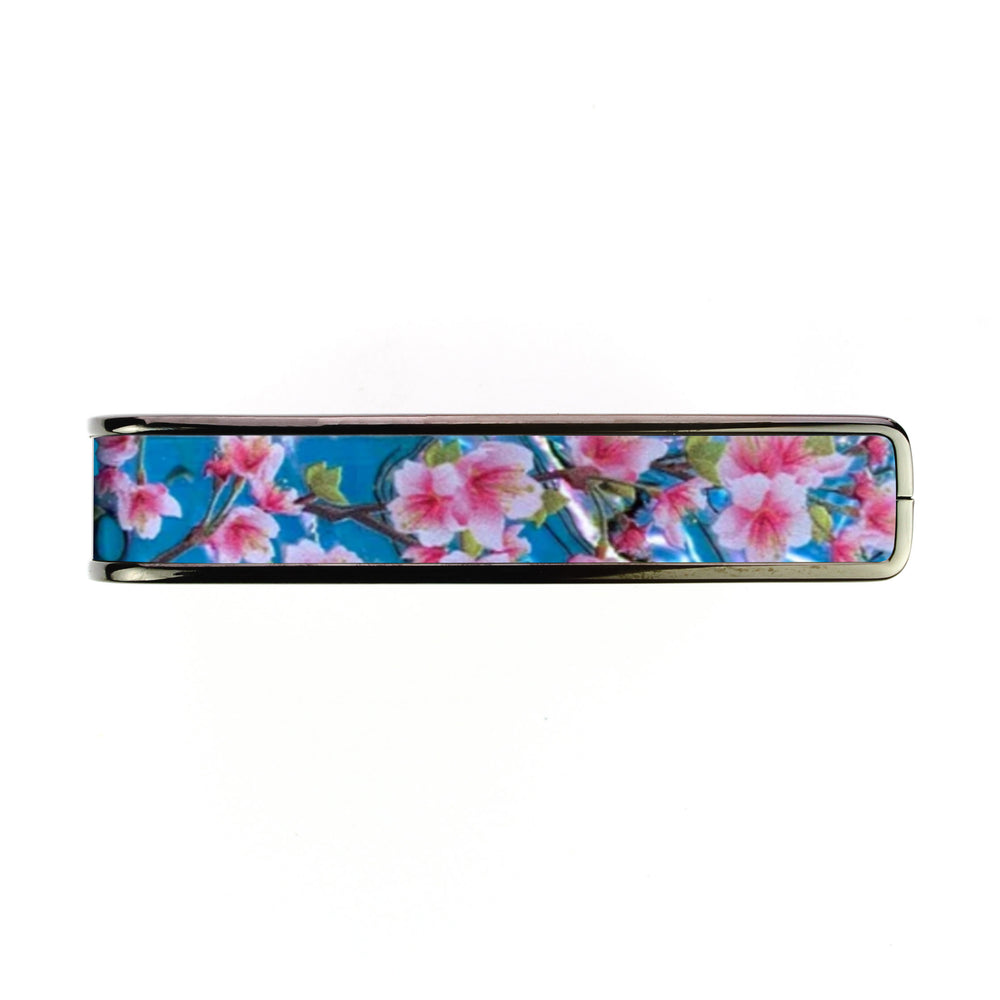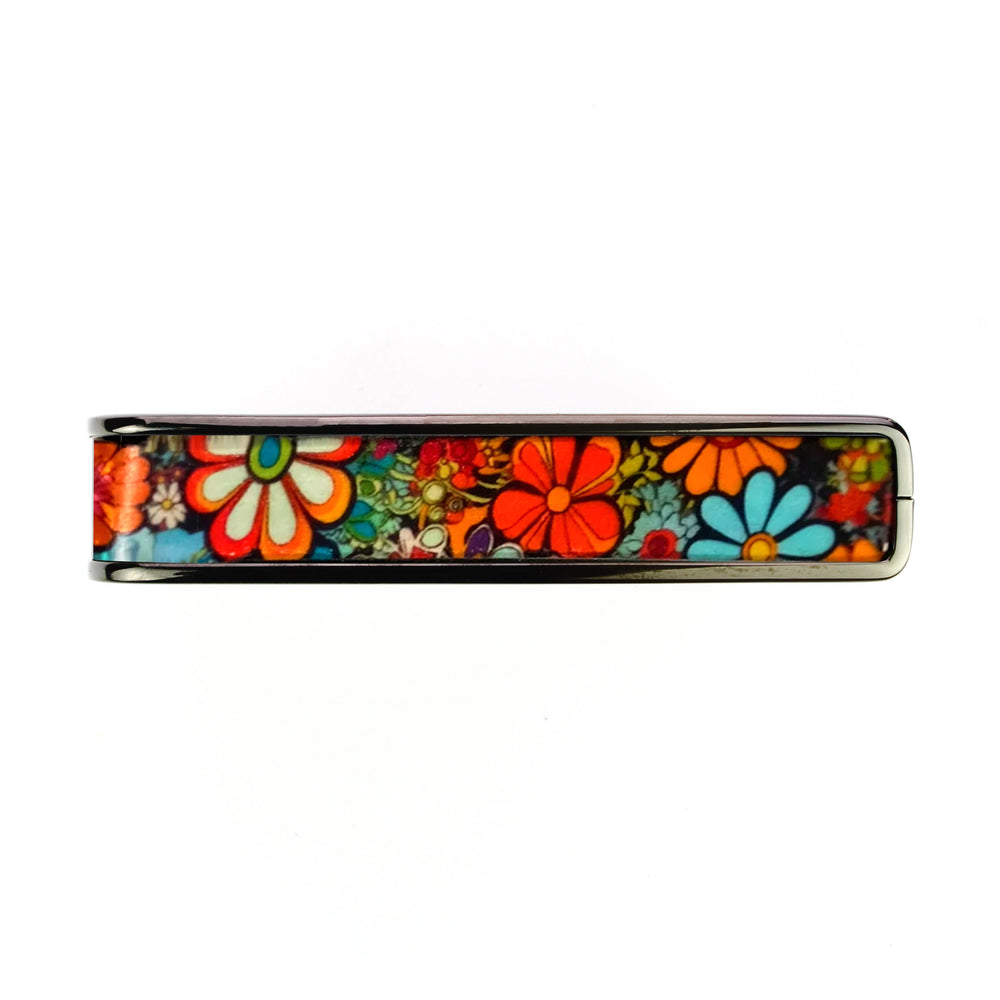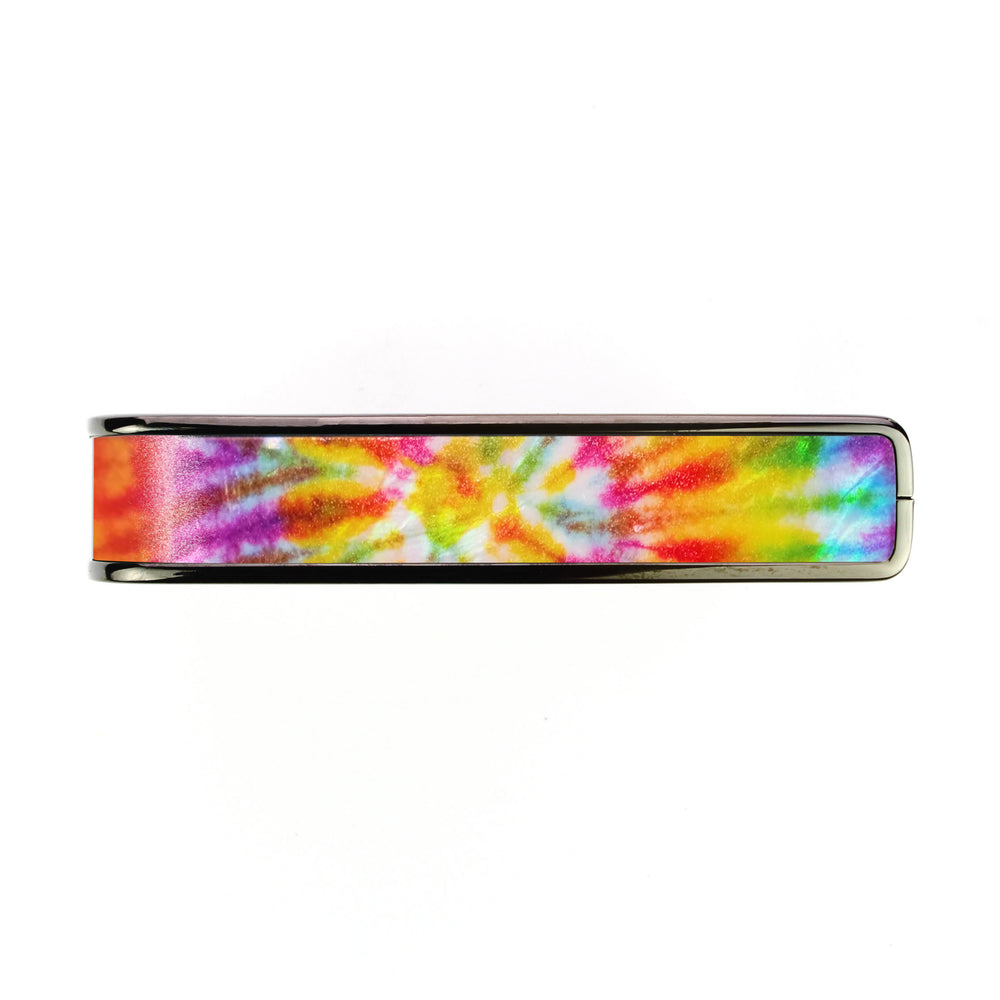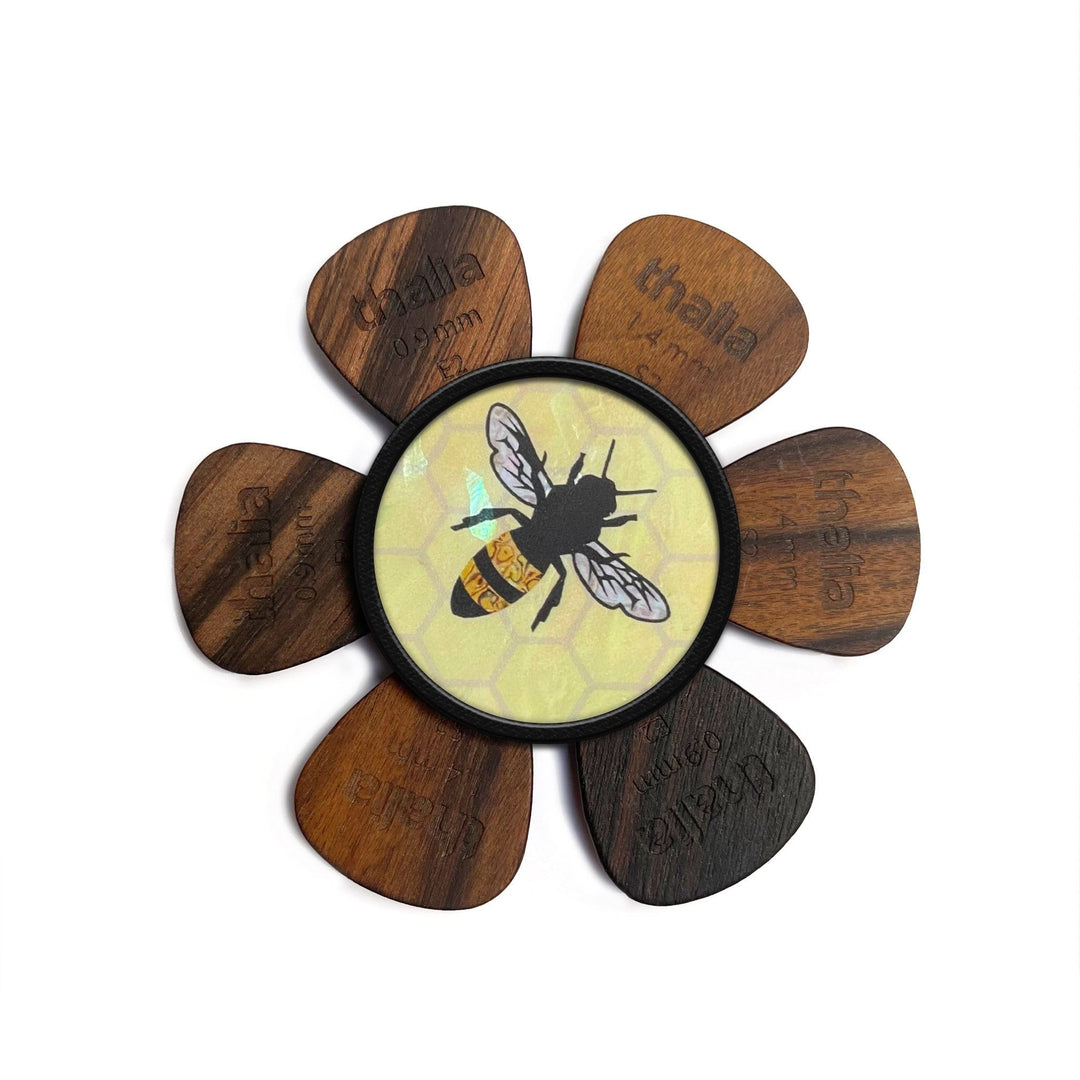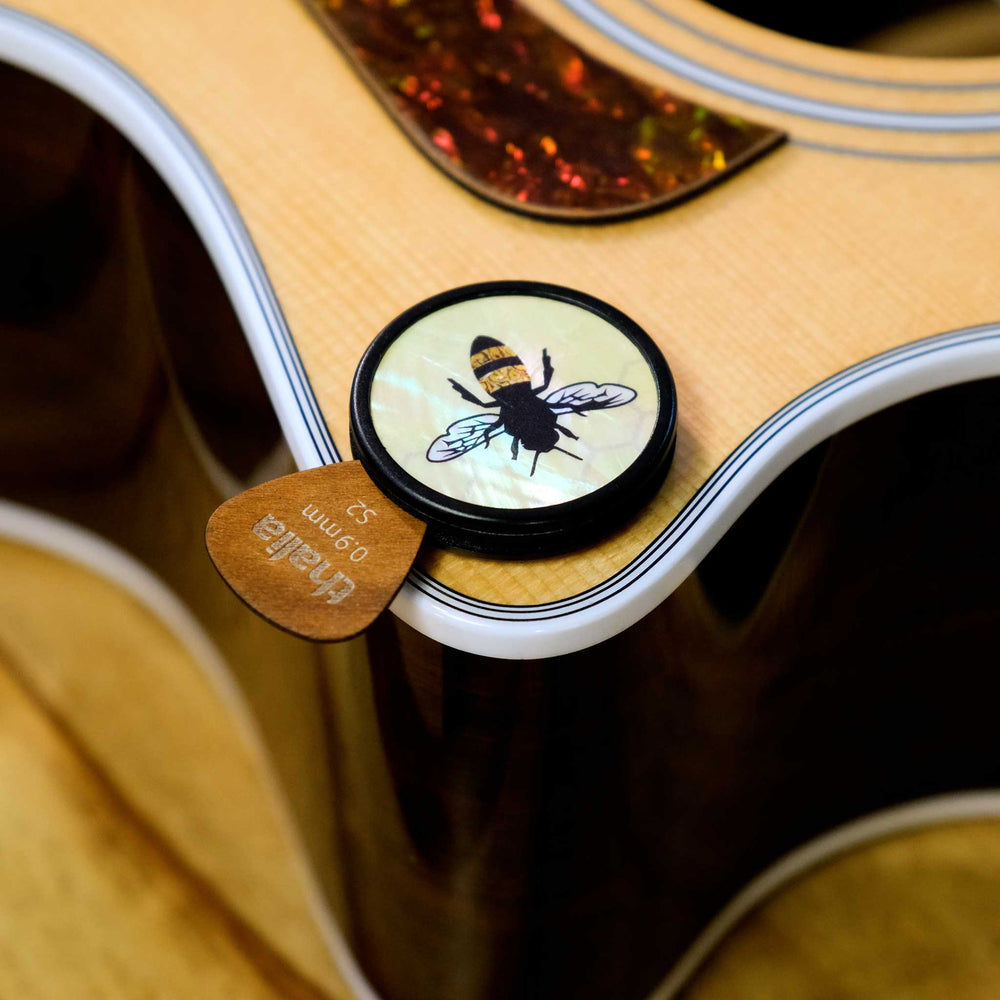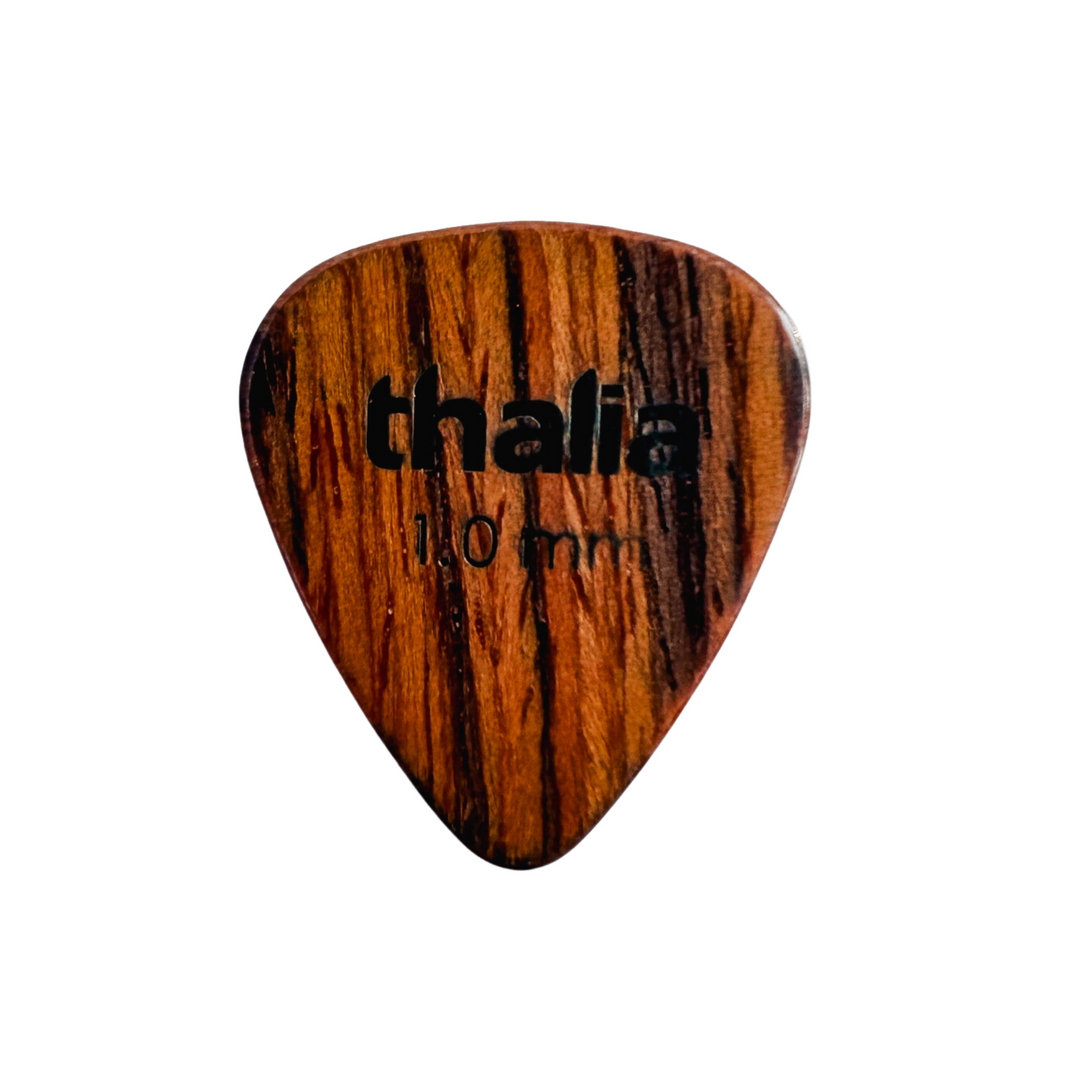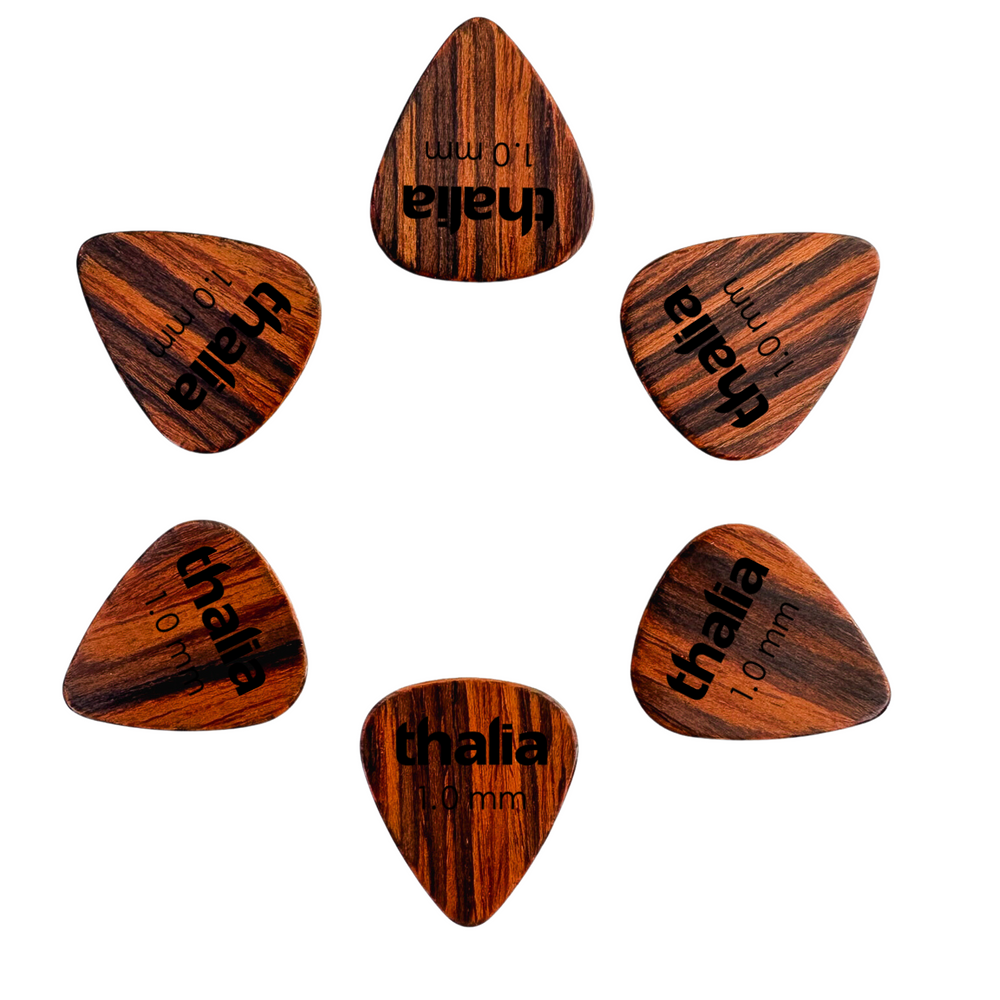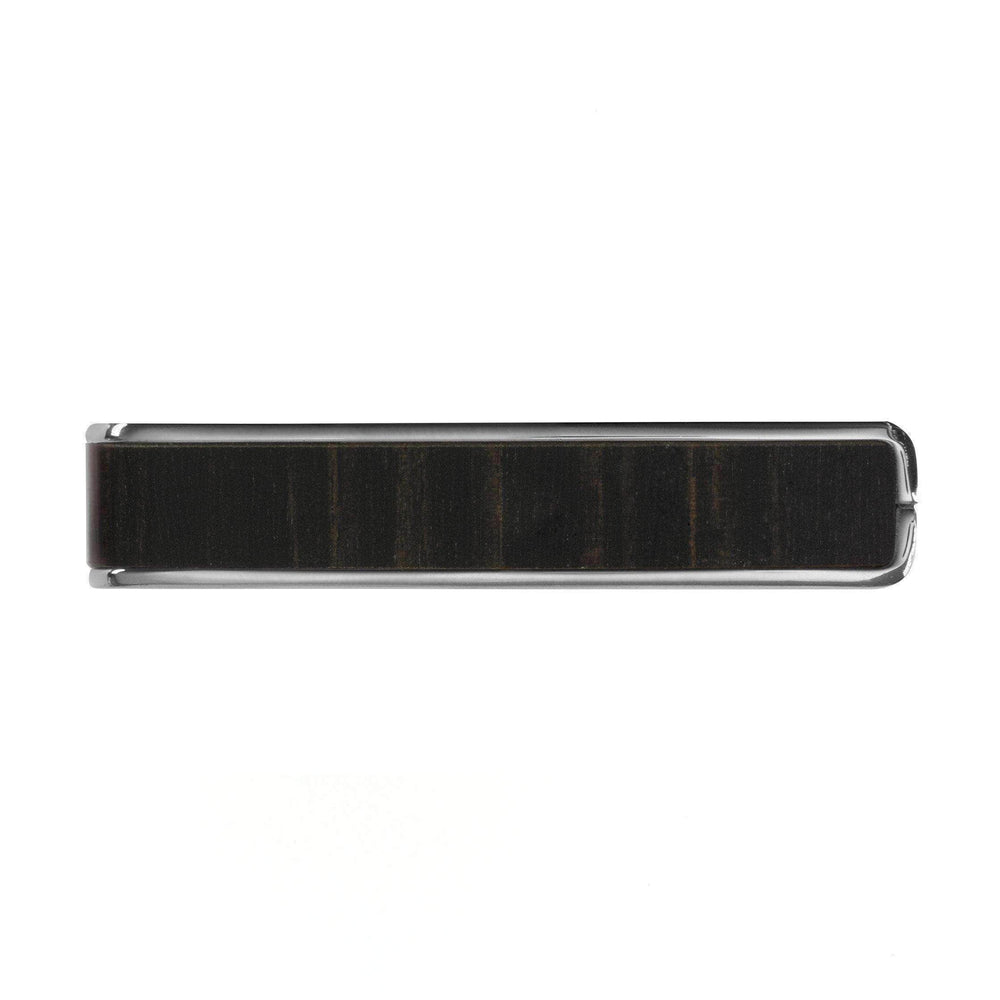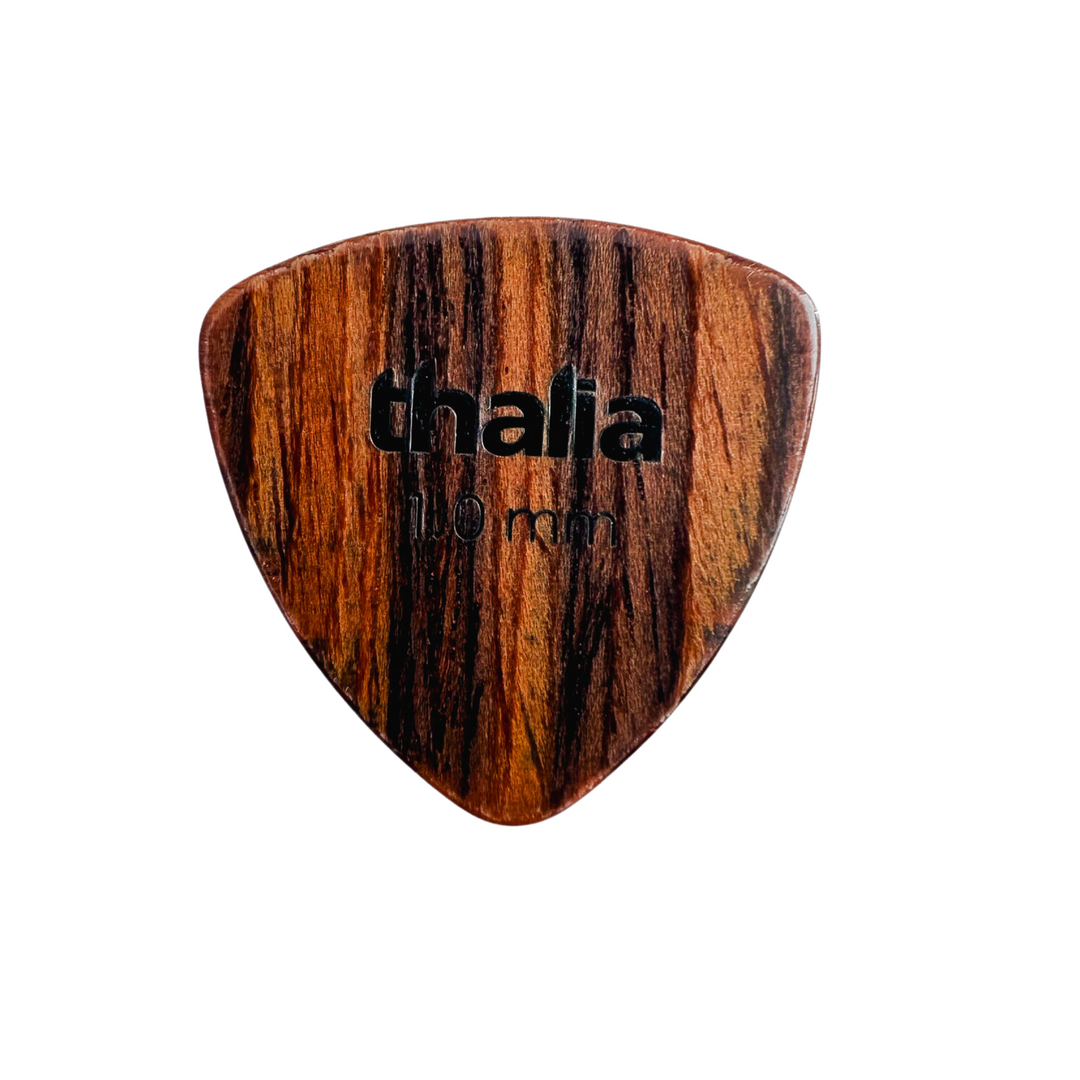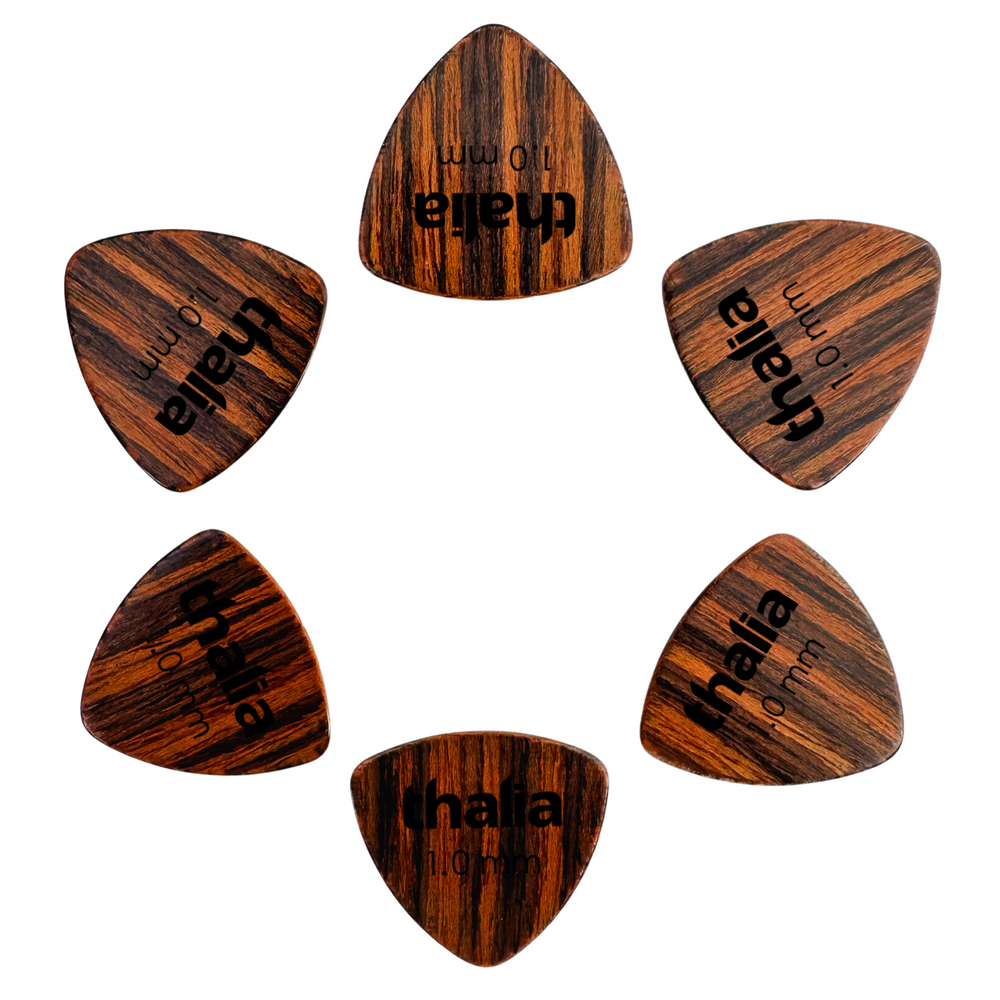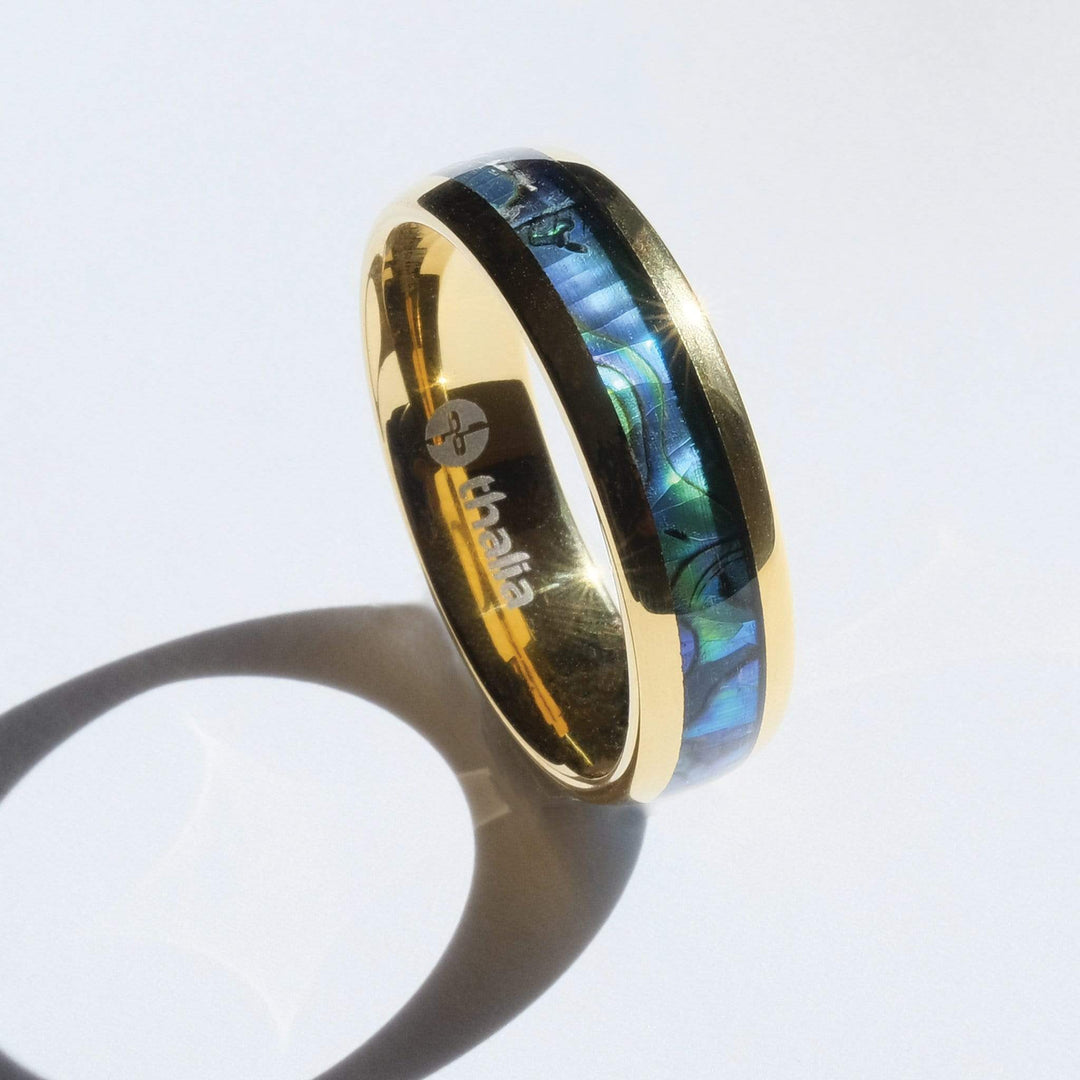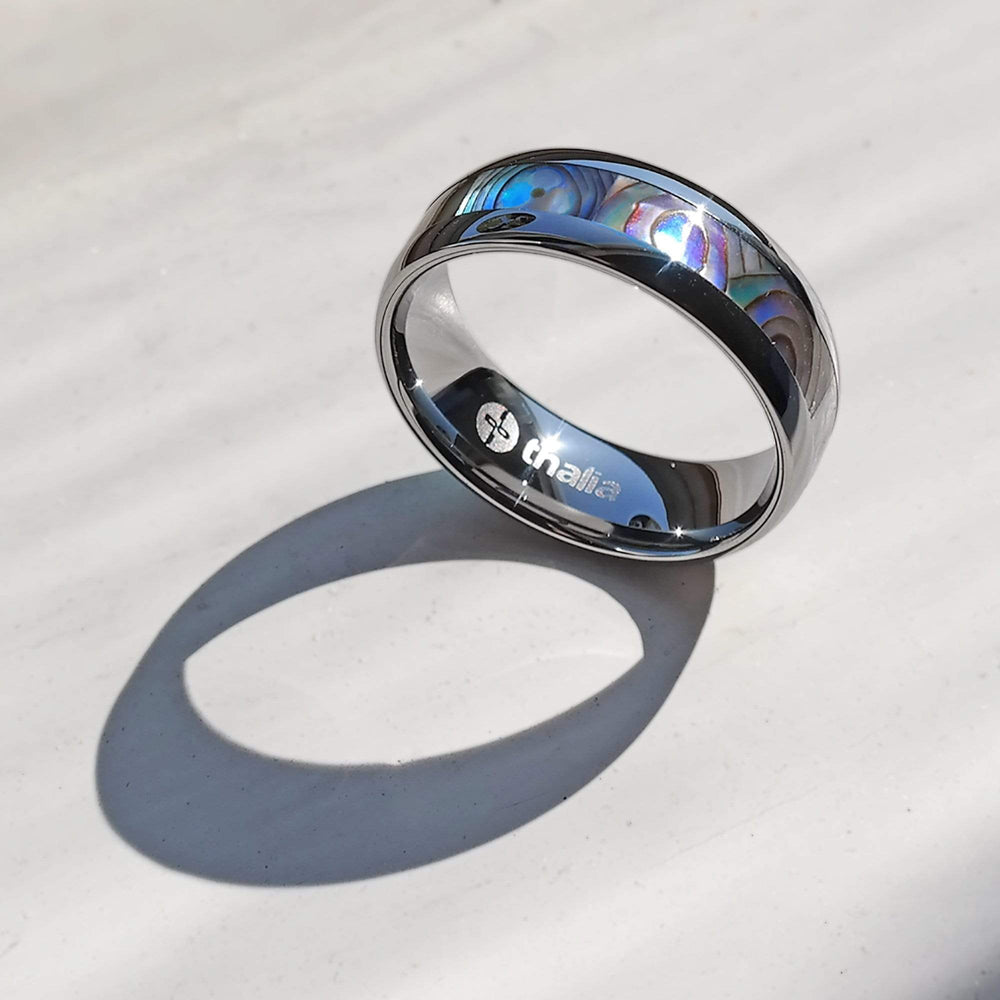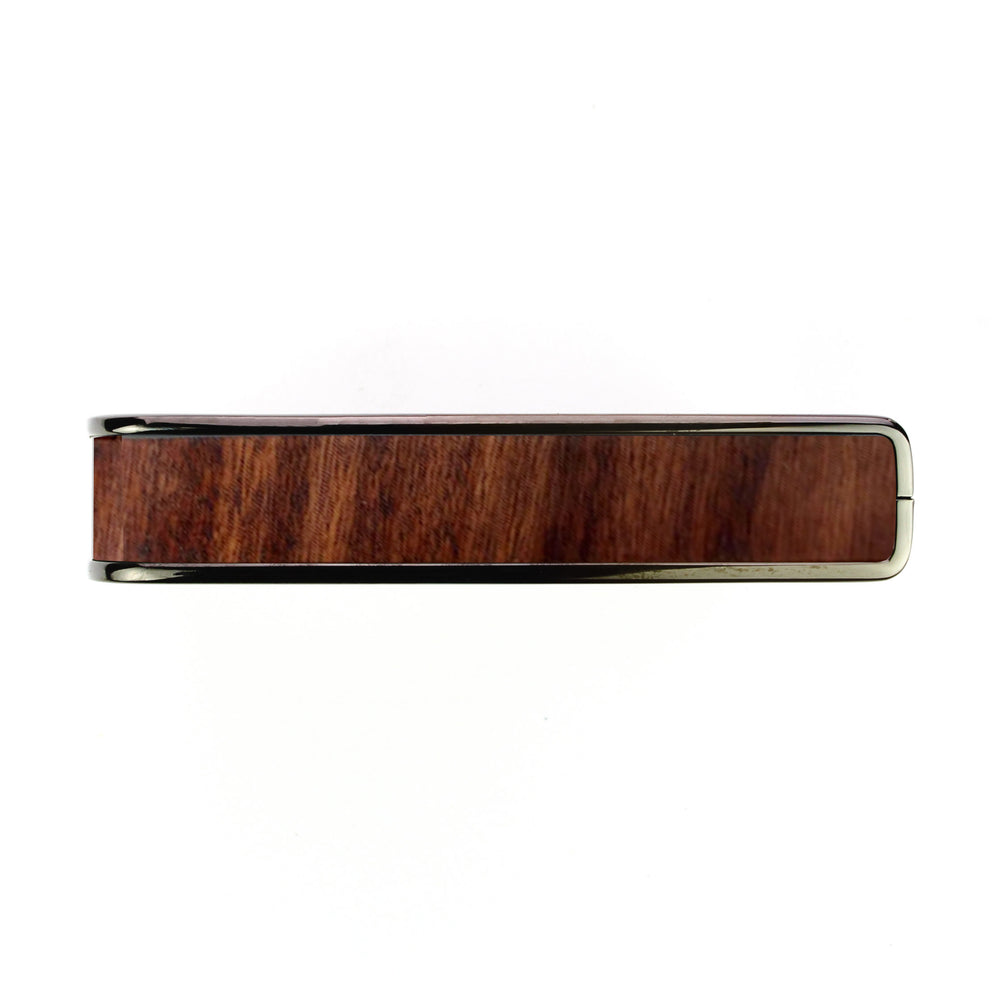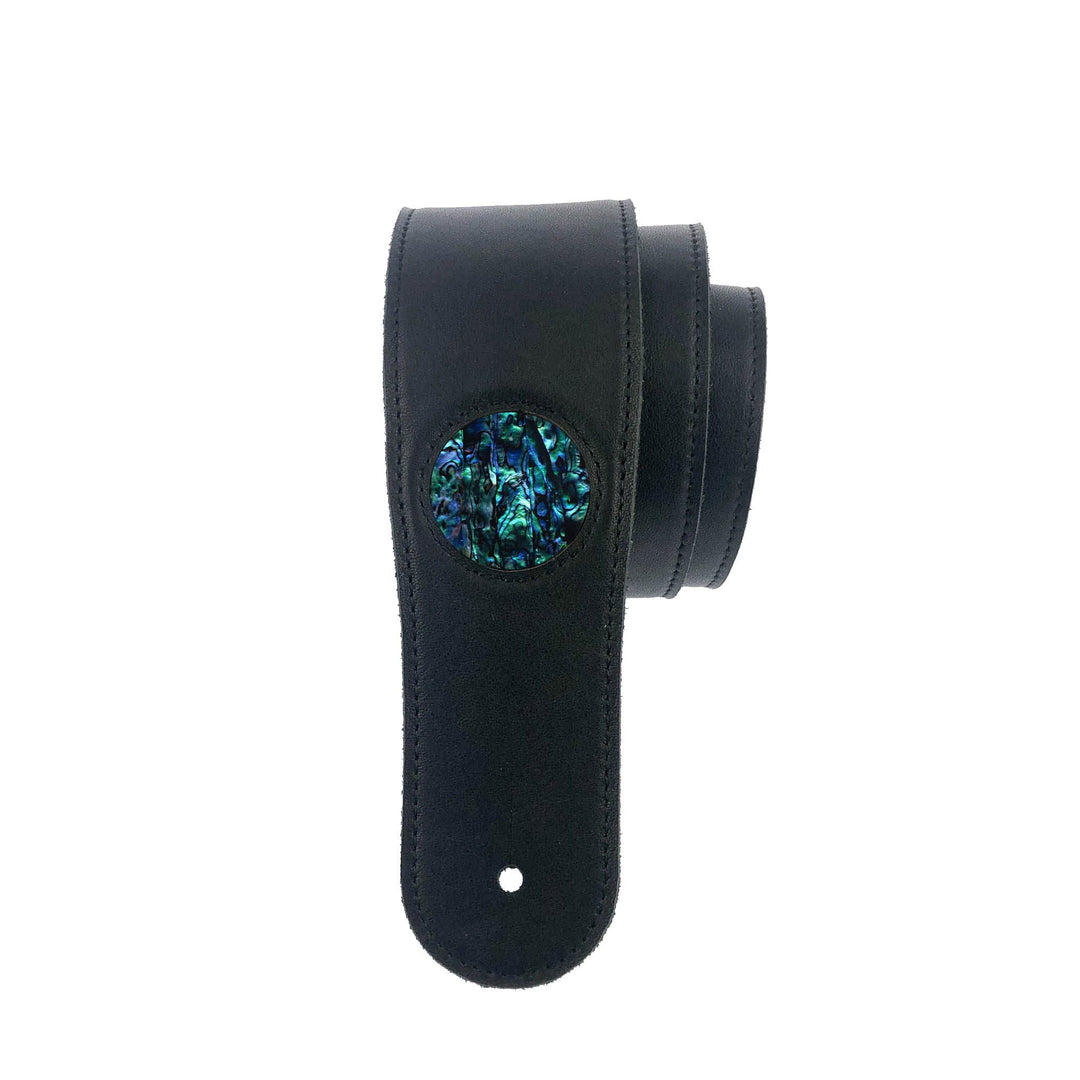Fingerboard Stories
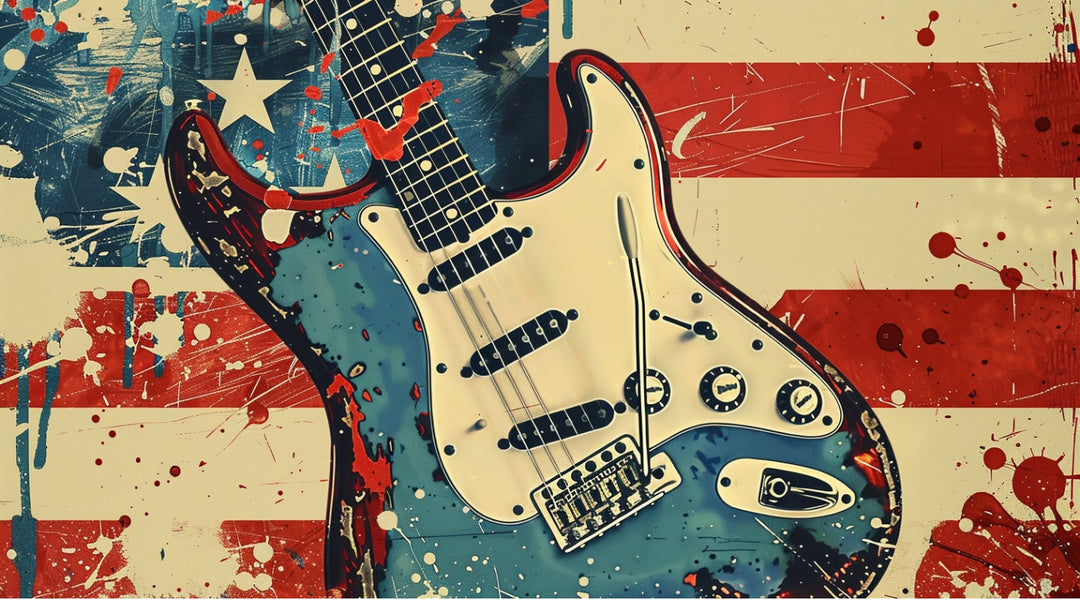
The guitar has been a game-changer in American popular culture, turning into both a musical powerhouse and a cultural icon. Its influence cuts across genres, decades, and social movements, weaving itself into the essence of American life. From the early days of folk and blues to the electrifying rise of rock 'n' roll and beyond, the guitar has been central in expressing the nation's values, struggles, and triumphs.
Continue reading
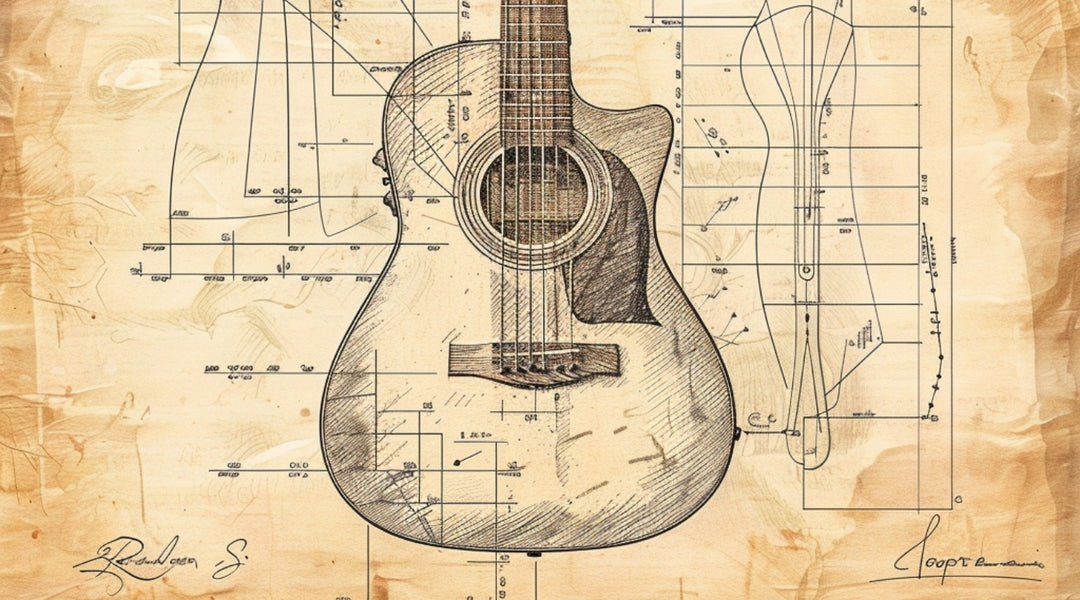
Like good ingredients make a good meal, a great instrument is the sum of the parts. Much like ingredients, many factors can impact the flavor, differentiating between a Michelin-star meal and a dog’s lunch. How do woods shape the sound? What about the fretboard? Or the electronics?
Continue reading
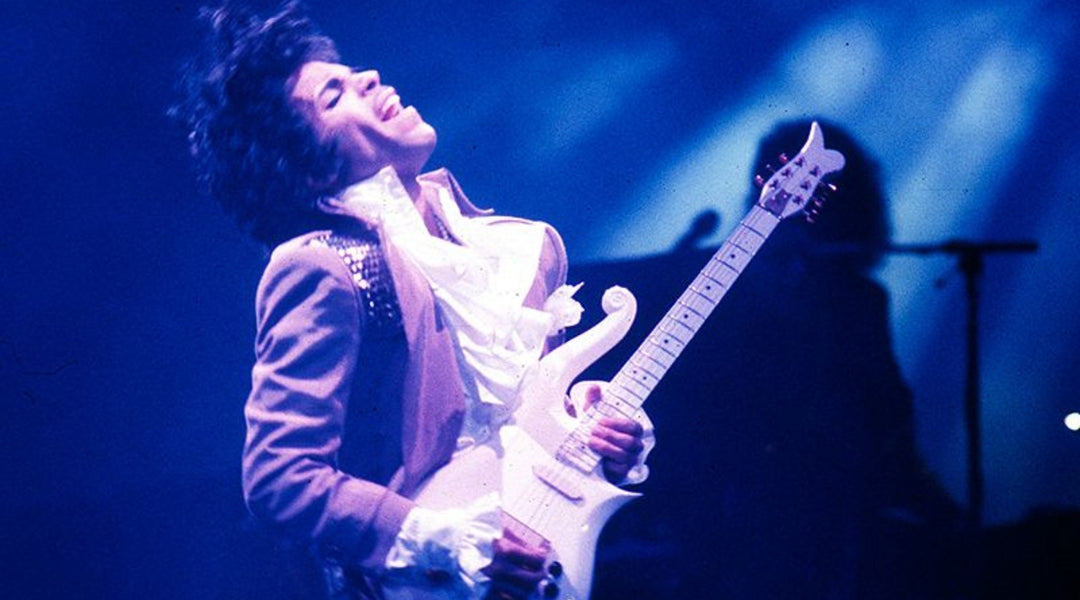
We’ve all seen Prince wield some very unique guitars, from the Love Symbol-shaped instrument he played during the Halftime Show at Superbowl XLI to the Hohner Mad Cats he’s been closely associated with (the one he uses while shredding to “My Guitar Gently Weeps” during a performance at the 2004 Rock N’ Roll Hall of Fame induction ceremony).
Continue reading

Back in 2000, when I was studying music at Carleton University, I had the good fortune to attend a masterclass with double bassist and jazz legend Dave Holland (known for his work with Gateway, Miles Davis, and his own ensembles). He discussed his approaches to improvisation and crafting lines, including the concept of Gamala Taki.
Continue reading

If someone were to ask me where they should look for lessons on the Internet, these would be my top three suggestions. There are dozens more, each with its pros and cons, but these would be good places to start.
Continue reading



